People have been trying to kill each other since time immemorial, and have developed many clever and frankly stupid ways to achieve this goal. We present to your attention a list of the most ridiculous and strange military weapons in the world.
10. Robot dog
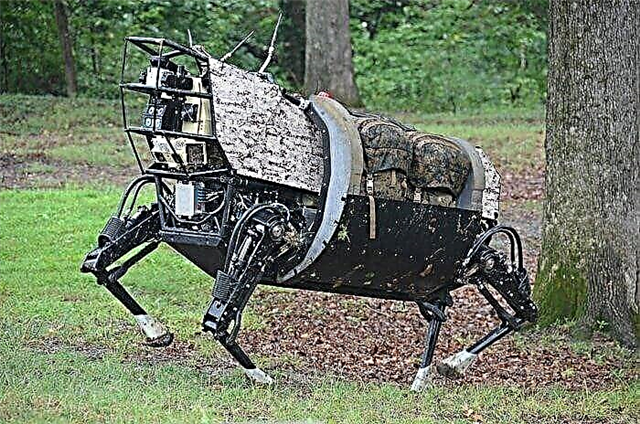
Dogs are commonly used in warfare to search for mines, guards, sabotage, tracing the wounded, and many other tasks. They also inspired the US military to build the Big Dog, a robotic creature created by Boston Dynamics engineers. As conceived by the creators, this massive robot was supposed to save the strongest army from the need to carry equipment (up to 110 kg) manually in those areas where conventional transport cannot be used.
Nevertheless, in 2015, the military curtailed the project of a robot dog, explaining this by the fact that its size and the noise created by walking would give out the positions of soldiers.
9. Laser plasmogan

Thor is probably in sorrow - the military stole his thunder and lightning. Picatinny Arsenal engineers from New Jersey have found a way to use the energy of lightning and designed a weapon that shoots lightning along the laser beams. This weapon is called the "laser-induced plasma channel." However, the military preferred a shorter and more comprehensive definition - "laser plasmogan."
A laser beam with high intensity and energy “tears” electrons from air molecules and focuses lightning, which passes along a direct and narrow path. So it can be accurately aimed at the target. So far, such a plasma channel remains stable for only a short time and there is a danger that energy can hit those who use it.
8. Pigeon-guided bomb
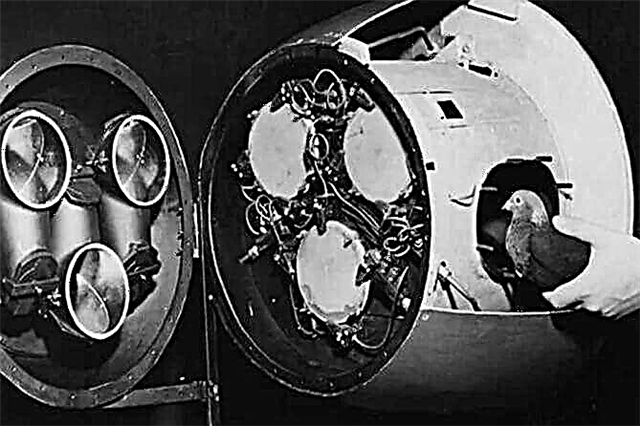
A research project called Project Pigeon called for the creation of a pigeon bomb. The American psychologist-behaviorist B.F. Skinner taught birds to peck at the target on the screen in front of them. Thus, they directed the rocket at the desired object.
The program was revised in 1944 and then revived in 1948 under the name Project Orcon, but in the end, new electronic guidance systems were more valuable than live birds. So now only an exhibition at the American Museum of History in Washington recalls this strange and unusual weapon.
7. Bat bomb

During World War II, the U.S. Marine Corps came up with an ambitious idea: to use bats as kamikaze bombers. How to do it? It is very simple: to attach explosives to bats and train them to use echolocation to find the target. The military used thousands of bats in experiments, but in the end abandoned this idea, since the atomic bomb seemed a much more promising project.
6. Battle dolphins
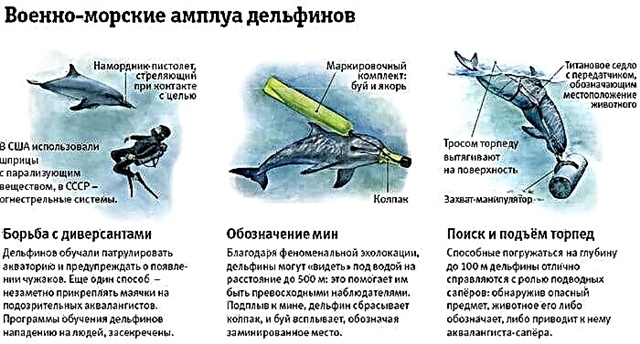
It would seem, how can such lovely marine mammals get into the top 10 of the most unusual weapons? However, people have adapted smart and easily trained dolphins for various military tasks - for example, searching for underwater mines, enemy submariners and sunken objects. This was done both in the USSR, in the research center in Sevastopol, and in the USA, in San Diego.
Trained dolphins and sea lions were used by the Americans during the Persian Gulf War, and in Russia the training program for fighting dolphins was curtailed in the 90s. However, in 2014, the Russian Navy took for granted Crimean dolphins - the former Ukrainian “legacy”. And in 2016, an order for the purchase of 5 dolphins for the Ministry of Defense of the Russian Federation appeared on the government procurement website. So, perhaps while you are reading this article, fighting dolphins plow the Black Sea.
5. Chicken nuclear weapons
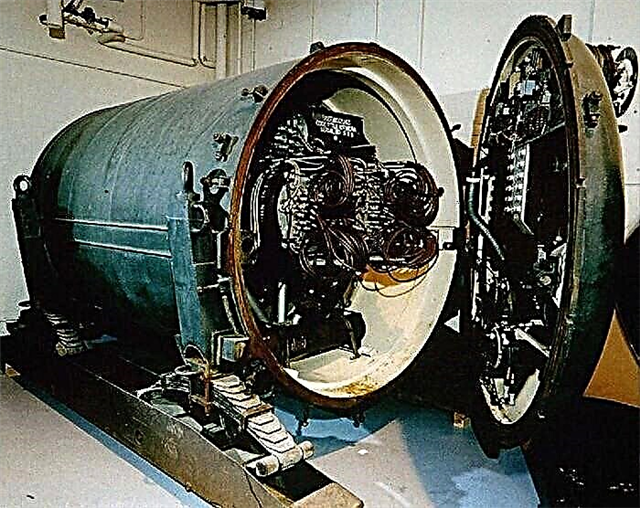
At the height of the Cold War, the British developed a 7-ton nuclear weapon called the Blue Peacock. It was a huge steel cylinder with a plutonium core and chemical detonating explosives inside. Also in the bomb was a very advanced electronic filling for that time.
A dozen such massive underground nuclear charges were planned to be placed in Germany and detonated if the USSR decided to invade from the east. One problem: in winter, the land freezes, so there may be a malfunction in the electronic equipment needed to launch the Blue Peacock. To overcome this difficulty, various ideas were put forward, including the most absurd: from wrapping a bomb in fiberglass "blankets" to placing live chickens in the bomb with the supply of food and water necessary for survival for a week. The heat generated by the chickens will prevent the electronics from freezing. Fortunately, the British decided to revise their plan because of the risk of radioactive fallout, and thereby saved many chickens from an unenviable fate.
4. Hallucinogenic bomb

A weapon does not always injure the body; sometimes it can affect the mind. In 1950, the U.S. Central Intelligence Agency investigated the combat use of psychoactive substances such as LSD. One of the types of non-lethal weapons developed by the CIA was a cluster bomb filled with the hallucinogen Be-Zet (quinuclidyl-3-benzylate). People involved in experiments with this substance reported that they have strange dreams, and that they experience prolonged visual and emotional hallucinations, an unexplained feeling of anxiety, and headaches. However, the impact of Bi-Zet on the psyche was not predictably reliable, and the program for its use was curtailed.
3. Iceberg aircraft carrier
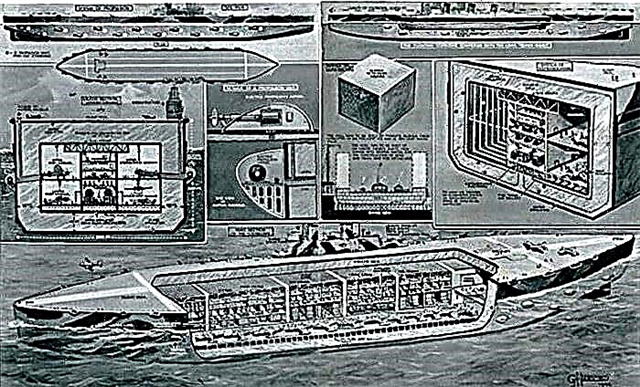
During World War II, the British did not have enough steel to build ships. And enterprising Britons conceived to create an ice killing machine: a massive aircraft carrier that would be essentially an iceberg fortified. Initially, it was planned to “cut off” the tip of the iceberg, attach engines, communication systems to it and send it to the scene of operations with several aircraft on board.
Then the project, called Habakkuk, was transformed into something more. It was decided to take a small amount of wood pulp, mix it with water ice to create a structure that would melt not for days but for months, have a resistance similar to concrete and not too fragile. This material was created by the English engineer Jeffrey Pike and was called pikerit. It was proposed to create an aircraft carrier from pikerit with a length of 610 m, a width of 92 m and a displacement of 1.8 million tons. He could take up to 200 aircraft.
The British and Canadians who joined the project created a prototype ship from Paykerite, and its tests were successful. However, then the military calculated the monetary and labor costs of creating a full-fledged aircraft carrier, and the Habakkuk was finished. Otherwise, almost all Canadian forests would have been harassed by sawdust for giant ships.
2. Gay bomb

In 2005, the Pentagon confirmed that the US military was once interested in creating chemical weapons that could make enemy soldiers sexually compelling ... for each other. In 1994, the U.S. Air Force Laboratory received $ 7.5 million to develop a weapon that contained a hormone naturally present in the body (in small quantities). If enemy soldiers breathed it, they would feel an irresistible craving for men. In general, the slogan “make love, not war” could be realized on the battlefield if tests had not shown that not all soldiers lose their heads from desire. Yes, and gay activists were outraged by the idea that homosexuals have less fighting efficiency than heterosexuals.
1. Rays of pain
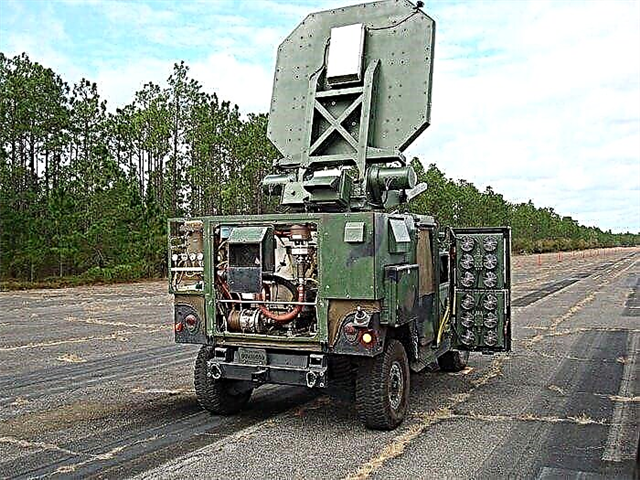
In the first place in the ranking of the most amazing weapons is a tool that does not kill, but can hurt you, it really hurts. The US military developed a non-lethal weapon called the Active Drop System. These are powerful heat rays that heat the tissues of the human body, creating a painful burn. The goal of creating such a heat gun is to keep suspicious people away from military bases or other important objects, as well as to disperse mass crowds. So far, the installation for "pain rays" is mounted only on vehicles, but the military said they were hoping to reduce their "brainchild."












